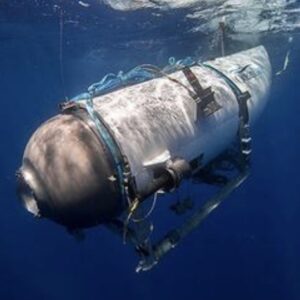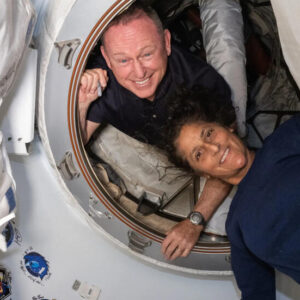The AI-based sensor achieved a detection accuracy rate of over 85% by analyzing light wavelengths reflected off fruits and vegetables.

Sirish developed an AI-based handheld device to detect pesticide residues on edible produce.
Discovery Education
Sirish Subash, a ninth-grade student from Snellville, Georgia, recently won the prestigious 3M Young Scientist Challenge, thanks to his invention of a device that detects pesticide residues on produce.
His achievement earned him a $25,000 cash prize and the title of “America’s Top Young Scientist,” an honor reserved for the most innovative young minds in science.
Sirish’s device, named PestiSCAND, uses AI and spectrophotometry to scan produce for pesticide residues, addressing a significant health issue affecting food safety.
From simple curiosity to a groundbreaking device
Sirish’s journey began with a simple, common question. His mother’s constant reminders to wash fruits and vegetables before eating got him wondering if washing really made a difference.
Research found that 70% of produce in the United States has pesticide residues that may be linked to health issues like cancer and Alzheimer’s. Additionally, washing fruits and vegetables only removes some of these residues. “If we could detect them, we could avoid consuming them, and reduce the risk of those health issues,” Sirish explained.
This motivated him to create PestiSCAND, a device that allows consumers to instantly check for pesticide traces on produce.
Sirish’s PestiSCAND works by shining light on the surface of fruits and vegetables, measuring the wavelengths that bounce back. Each material absorbs and reflects different wavelengths, and the presence of pesticides creates specific patterns in the reflected light.
Sirish tested his device on over 12,000 samples, including apples, spinach, strawberries, and tomatoes, to fine-tune its accuracy and reliability. By analyzing the light data, PestiSCAND’s AI model can identify the specific wavelengths associated with pesticide residues.
AI-powered detection at an affordable price
PestiSCAND’s design integrates a sensor and an AI-based processor, allowing it to achieve a remarkable detection accuracy of over 85%. This high accuracy meets Sirish’s goal of ensuring both effectiveness and speed in detecting pesticides. He aims to make this technology accessible, working toward a price point of $20 per unit.
Sirish hopes to bring PestiSCAND to market by the time he enters college, allowing consumers to have an affordable, easy-to-use tool to help make safer food choices.
As one of nine finalists in the competition, Sirish spent the past four months refining his prototype under the guidance of a 3M scientist who served as his mentor. This personalized mentorship helped him navigate challenges and perfect his invention for real-world application.



